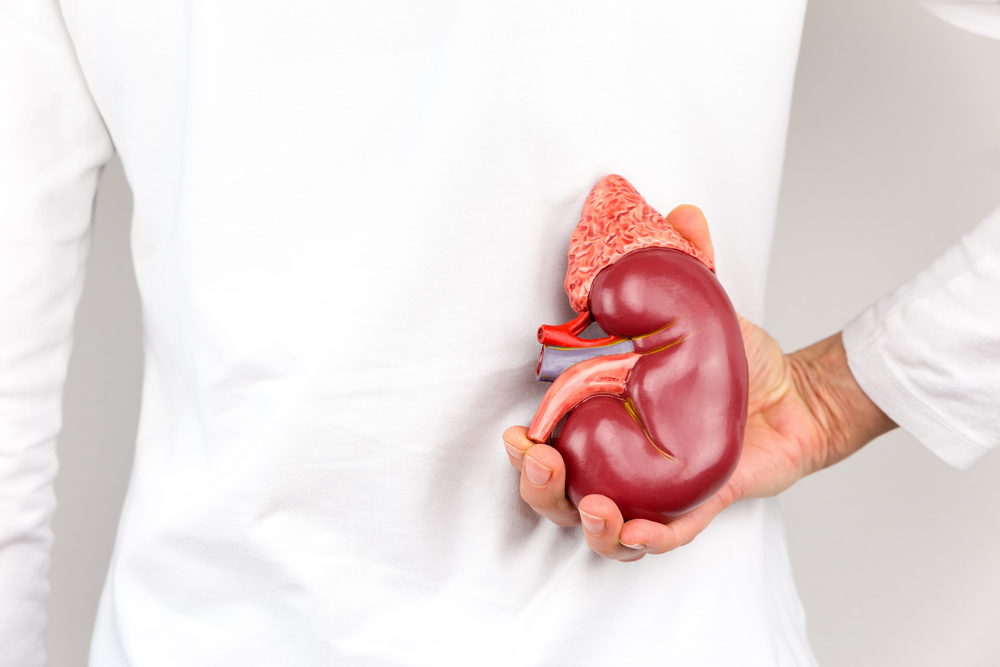Chronic kidney disease (CKD) and acute kidney disease (AKD) are two different types of kidney problems that have distinct causes, symptoms, and treatments.

Chronic kidney disease is a long-term, progressive loss of kidney function over a period of months or years. This type of kidney disease is usually caused by a number of factors such as diabetes, high blood pressure, and glomerulonephritis. Symptoms of CKD may not appear until the disease is in an advanced stage and can include fatigue, nausea, itching, and fluid buildup. Treatment for CKD typically involves controlling underlying causes, managing symptoms, and reducing further damage to the kidneys. In some cases, dialysis or kidney transplantation may be necessary.
Acute kidney disease, on the other hand, is a sudden and often temporary loss of kidney function that can occur as a result of injury, infection, or other factors that cause damage to the kidneys. AKD usually develops over a matter of days or weeks and can cause symptoms such as decreased urine output, swelling, and muscle cramps. Treatment for AKD typically involves addressing the underlying cause, such as treating an infection or correcting a medication issue, and may involve hospitalization. In severe cases, dialysis may be necessary.
In conclusion, the main difference between chronic and acute kidney disease is the duration and progression of the disease. Chronic kidney disease is a long-term condition that develops gradually over time, while acute kidney disease is a sudden, temporary loss of kidney function.
Advertisement:
- Boateng, Dr. Yaw Ababio (Author)
- English (Publication Language)
- POWERFUL KIDNEY CLEANSE SUPPLEMENT: Your kidneys are important organs that require key nutrients to operate optimally and stay healthy. Our Kidney Supplement includes ingredients to help support kidney health and urinary tract support. Give your kidneys support with our kidney formula.
- ADVANCED KIDNEY & URINARY TRACT SUPPORT: We combine powerful herbs to help support kidney health. Our kidney support formula with clinically studied Pacran Cranberry, Astragalus root, Uva Ursi herb and Stinging Nettle helps support a healthy kidney cleansing function. Our Kidney Support Supplement is vegetarian and the capsules are small and easy to swallow.
- ROSANSKY M.D., STEVEN (Author)
- English (Publication Language)
I get commissions for purchases made through links on this website. As an Amazon Associate I earn from qualifying purchases.



